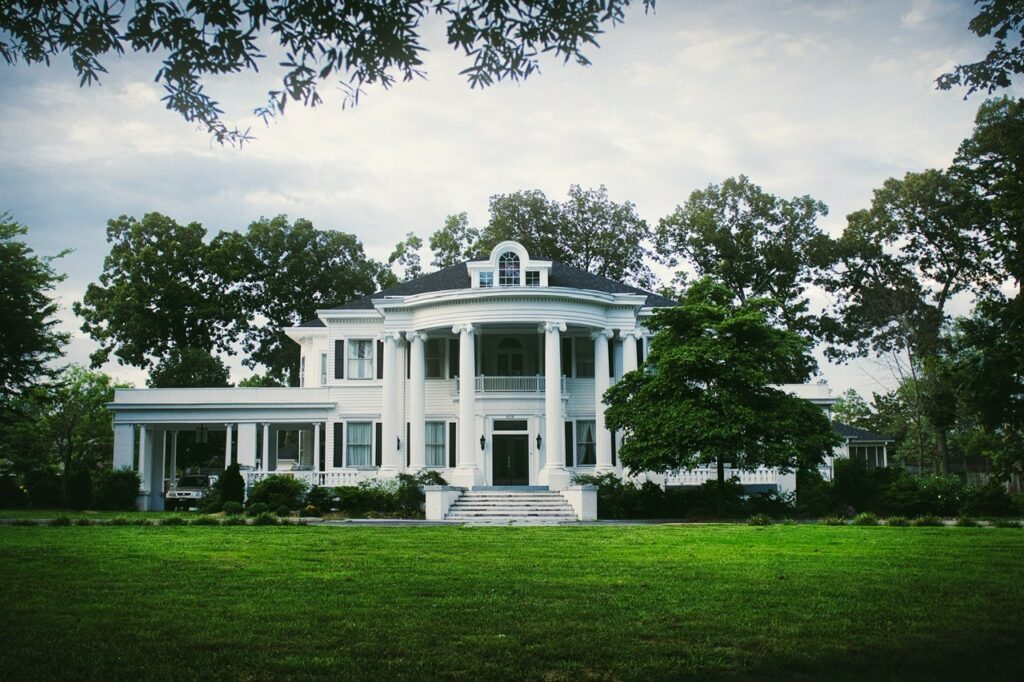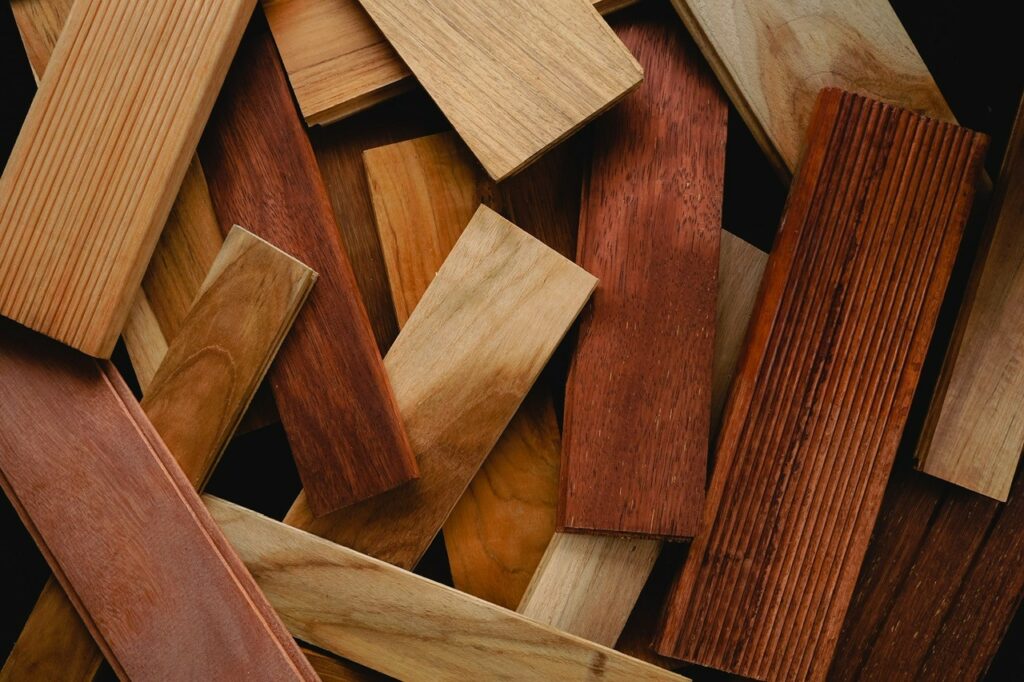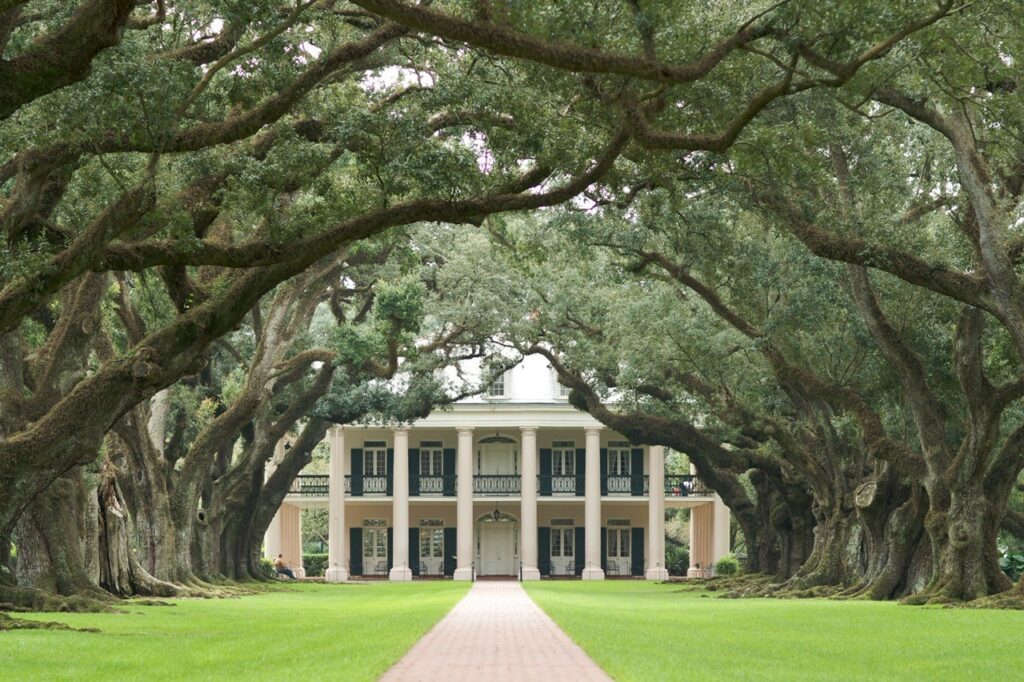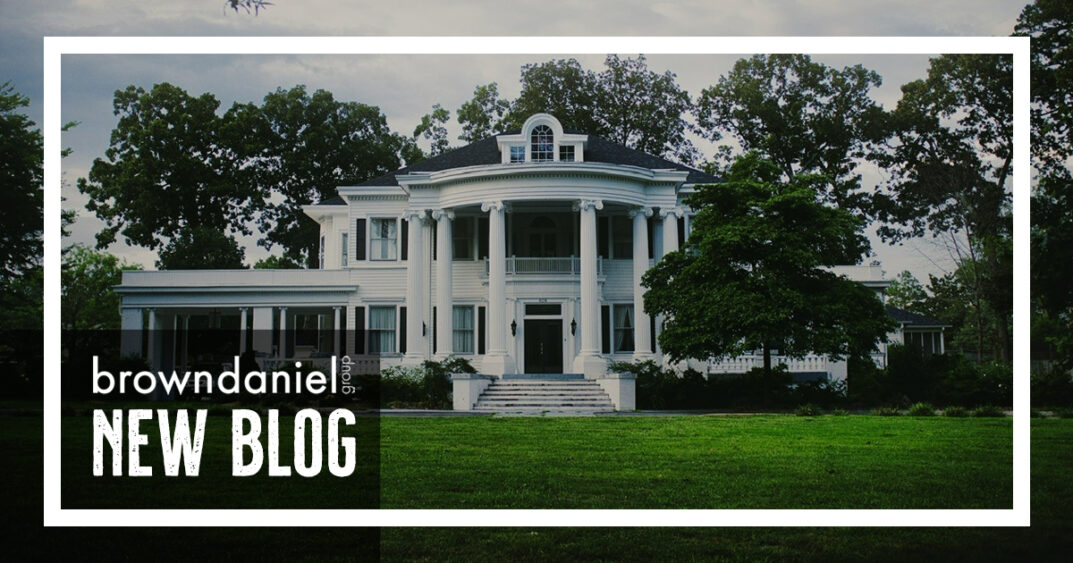
Owning a historic home is a bucket list item for many people who have a deep love of history and a passion for preservation. While some home buyers are looking for the freshest new build in an up and coming section of the city, others only have eyes for a house with “good bones” that has “seen a lot” during its lifetime, whether its an antebellum mansion near the square in Marietta, or an early 1900s bungalow just minutes from Chastain Park. Older homes are hitting the market all over metro Atlanta this time of year, and they attract their own specific type of buyer just like the more recently built homes and brand new construction neighborhoods that are also always popping up for sale around town.
Unfortunately, historic homes come with their own set of issues, and often require a significant amount of updating when you purchase one. These remodeling projects are different for historic homes than they would be for a house that was built more recently. It is supremely important that you find the balance between preserving and remodeling so that your property retains its historical significance. If you take a remodeling project too far and bring too many elements of a historical home up to date, you risk losing the factors that made your home so unique in the first place, and that drew you to the home when you were looking for older properties. On the other hand, you want to truly love your home, and you want to be able to experience all the comforts that a new home can provide. Especially if you will be selling the home again one day, you want to make sure it is not in a less-than-desirable condition when you attempt to list it again on the real estate market. With some strategic planning, it is possible to find just the right balance between preservation and remodeling so that your home can look historic while feeling modern and on trend.
Hire the Right Professionals
A historic house is not like newer homes in various ways, because from foundation to roof, homes were built different 50, 80 and especially, 100+ years ago. For that reason, whether you are looking for a general contractor to spearhead a major change, or you want an inspection done before you make your purchase, it is of the utmost importance that you work with professionals who have specific experience working on historic homes. When you are interviewing contractors, ask to see their portfolio of historic homes they have worked on. It is important that they both have a working knowledge of how older homes were built, and that they understand the importance of preserving an older home’s character and nuances. Another advantage to using a contractor who specializes in historic homes is that they will have a network of experienced subcontractors with whom they work who will share this expertise. This will save you from having to do the research to find someone who is skilled with historic homes for every specific service you need. Your historic home contractor will coordinate all of these services for you with just the right person and company for each job.
Start with the Most Important Aspects for Renovation
When it comes to a historic home, the most important aspects that you should focus on first are the roof, windows and masonry of the home. Of course it might be more fun to pick out aesthetic aspects for your home, such as paint and countertops, but these items should take a backseat while you focus on the stability of the more important parts of your home. These foundational pieces of the house are practical rather than fun for most people, but keeping them in good repair will protect your property from damage while you work on other aspects of your renovation project. When you renovate your home’s roof and windows, you are making sure that your house is both water and air tight, so that you are preventing water damage and increasing your energy efficiency. It would be a shame to spend a lot of time and money on renovating your home’s interior, only to have a dilapidated roof lead to leaks that undo all the work you have done. You will also benefit from lower utility bills from the very beginning of your tenure in the home if you make sure the air leaks around windows are taken care of.
When we say masonry, we are referring to the various parts of your fireplace and chimney. Older homes are known for having intricate fireplaces, and you will often see multiple chimneys rising from these homes due to the numerous fireplaces that were built in homes prior to central heating systems. When you are checking the masonry, look to see if any mortar is missing between bricks on the fireplace and chimney. Tap on the mortar in various places to see if any of it crumbles. If it does, you will need to have a professional repair the mortar. This will make sure the brick stays intact and that your fireplace and chimney are safe for use for years to come.
Save What you Can and Replace the Rest

When you purchase a historic home, you likely want to preserve as much as possible of the home in its original condition, the way it looked when it was first built no matter how many years ago that was. As attached as you may be to the home and its historic appearance, it is important for you to understand that there are some things that just don’t stand the test of time. Luckily it has become easier and easier to find replica pieces for historic items that are not longer able to be salvaged. With an identical replica, the look and feel of your home can remain the same while the overall property is upgraded and made more modern and in some cases even more safe. This is why it is so important for you to hire a contractor who is experienced with historic properties. In many cases, your contractor will already know where they can find a quality replica, or at least someone who can manufacture it. This will save you a lot of time and energy, and even money as you won’t have to worry about receiving low quality imitations. Crown molding is one example of an item in historic homes that may not be repairable should it become damaged. This won’t be a huge concern if you have a carpenter who can re-recreate the look and feel of those historic moldings.
Leave Reminders
If you have to make major changes to your historic home in order to bring it up to current home building codes or to repair damage that has occurred, you can still leave reminders of the way the home originally looked. For example, if you choose to knock down a wall in order to create a more modern layout that works for your family, you could consider leaving a remnant behind like a doorway. Be sure to take pictures before the wall is removed and you can place a framed photo of the prior appearance of the room near where the change was made. You could even save pieces of the old wallpaper to frame beside the picture or as part of a collage. This would not only be a beautiful decoration, but would also serve to honor the history of your house. Feel free to get creative with what you save and how and where you display it, and make sure your contractor understands which items you’d like to keep so that they do not get accidentally thrown out with the other remnants of the remodeling.
Expect the Unexpected

No matter how many times you look at a historic home before you purchase it, or how many inspectors you pay to also look at the home with their careful eye, you will more than likely encounter a few surprised after you have completed your purchase. As soon as you start to renovate and remodel, something will pop up that you never realized before. It is wise to be both mentally and financially prepared for the unexpected costs associated with these surprises. If you are ready to encounter things you hadn’t thought of before, it will keep you from getting overly stressed with these surprises inevitably arise. For example, most historic houses have hidden structural damage that wouldn’t be visible to you or the inspector.
On the other hand, it is also possible that the unexpected surprised you encounter will be good things rather than bad. Peel up the carpet in an older home and you may just discover some beautiful original hardwood. Peel back the wallpaper applied in the 1970s and you may find something ornate and beautiful from an earlier time period that can be cleaned and salvaged, or at least replicated. Celebrating these wins while rolling with the negative surprises are just part of owning and renovating a historic home.

